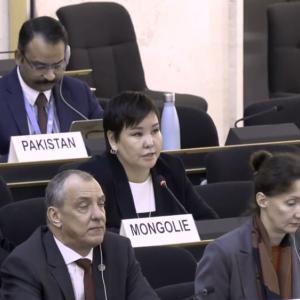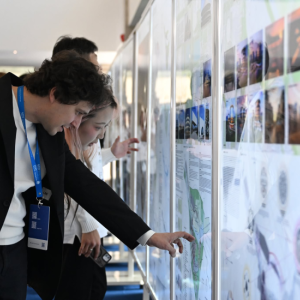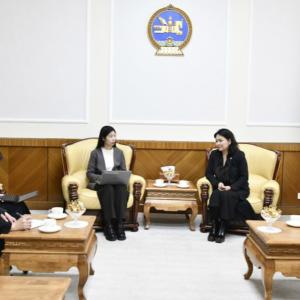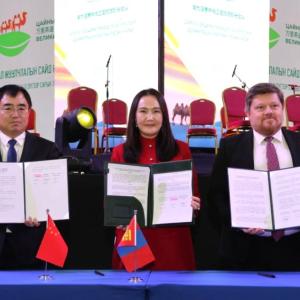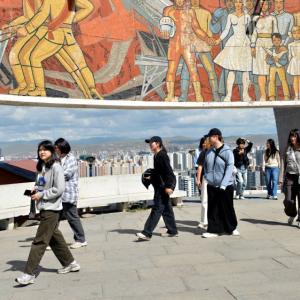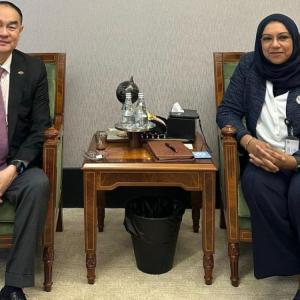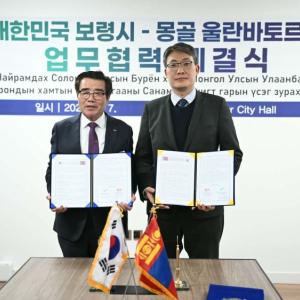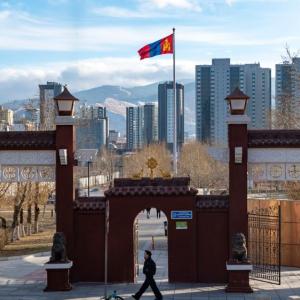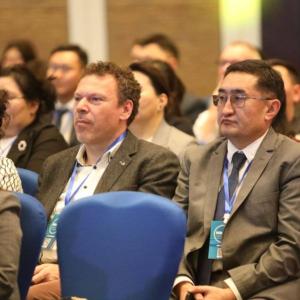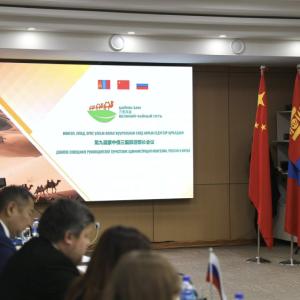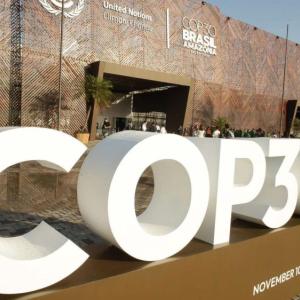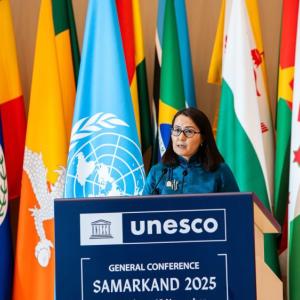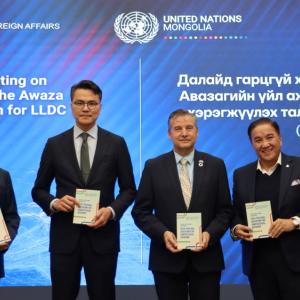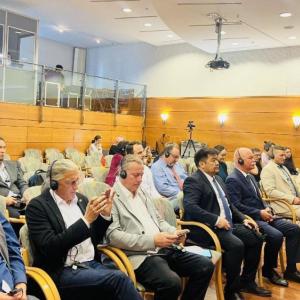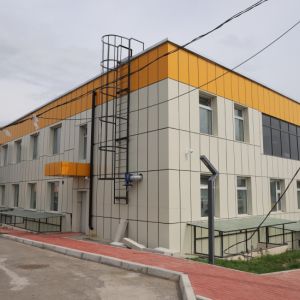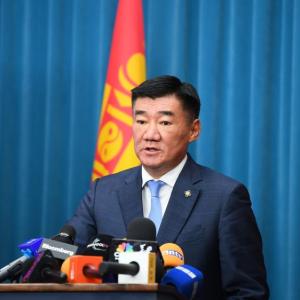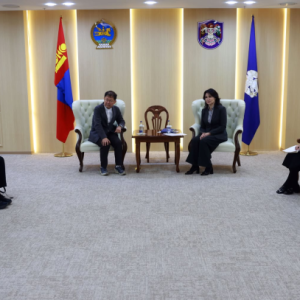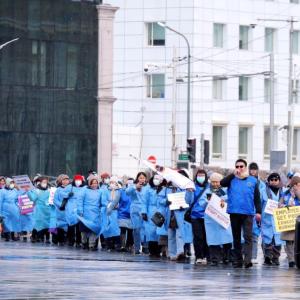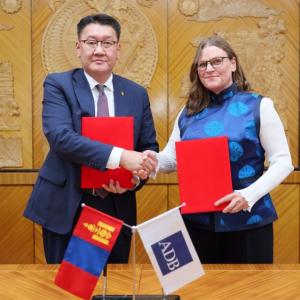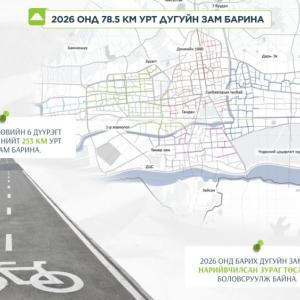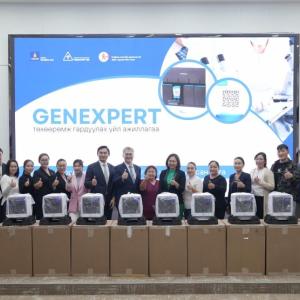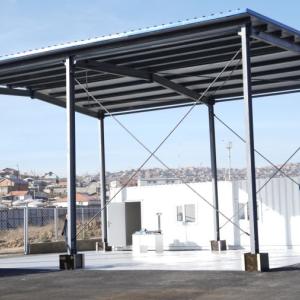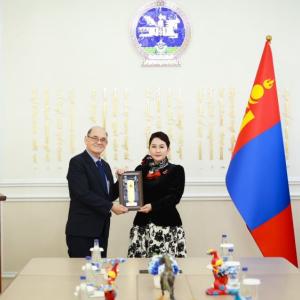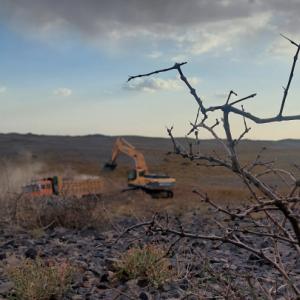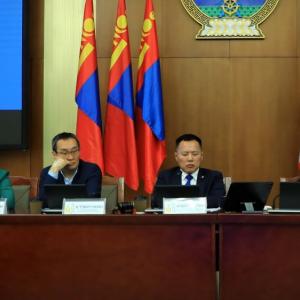UNDP and UNICEF pilot new platform focused on understanding air pollution impact of Ulaanbaatar residents
Society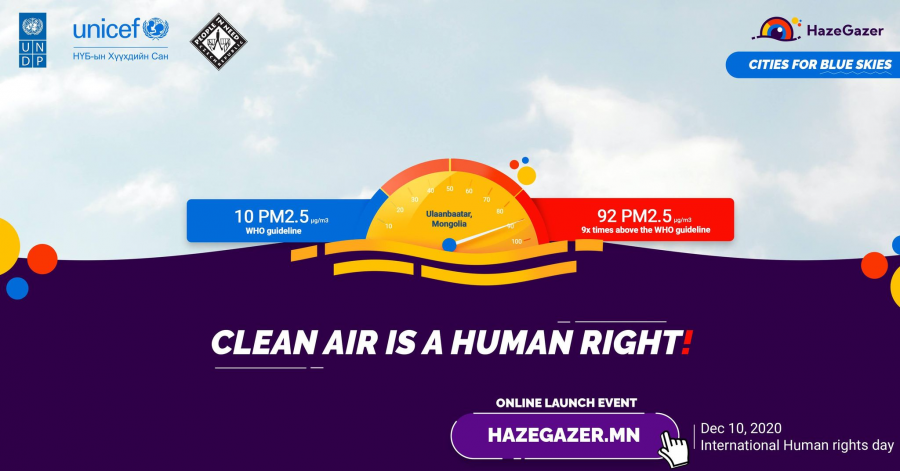
Ulaanbaatar /MONTSAME/. The fight against air pollution across Asia, including Mongolia, is one of the most pressing challenges in a generation. The impacts air pollution has on our daily lives extends to more than just health -- they are social, economic, and gendered. Kicking off on Human Rights Day, the launch event for the Haze Gazer platform - a public eye on air pollution explores why access to clean air should not only be a development priority in Mongolia but also a human rights imperative.
Offering a public space to observe and report on multi-dimensional aspects of air pollution, the Haze-Gazer platform is dedicated to monitor collective impacts of the air pollution on the human health and safety, the socio-economic situation in communities, and to understand the public perception and reception of interventions to improve airquality.
The "HAZE GAZER" platform aims to:
• Collect and consolidate air pollution data in Ulaanbaatar city through DIGITAL smart devices based on active citizen participation;
• Provide valuable data to researchers, journalists and policy makers;
• Encourage citizens to take action to reduce air pollution impacts, as part of their civic duty, by sharing their life experiences and stories on the platform; and
• Inform decision-makers on the multidimensional impacts of air pollution on citizens, in particular women and children as well as integrate data with secondary sources.
“Early in 2020, UNDP Mongolia and UNICEF Mongolia jointly embarked on a journey to build a platform that could not only show the air quality at specific locations in Ulaanbaatar City but also to integrate the citizen generated data and monitor how different air qualities are affecting people socially, health wise, and economically. Today, we are launching the Haze Gazer platform which set out to do just that” said Elaine Conkievich, UNDP Mongolia Resident Representative.
Developed by People in Need, the Haze Gazer web tool builds on the collective engagement from individuals to have an insight on the multifaceted impacts and different dimensions of air pollution on Ulaanbaatar citizens. Information on the different parameters related to the air-pollution in Ulaanbaatar helps in individual decision-making as well.
In Mongolia, some 1,500 children under the age of 5 were hospitalized due to pneumonia in 2019 alone, with air pollution as one of the main causes. Marginalized and vulnerable parts of Ulaanbaatar often see disproportionately higher rates of air pollution. As a result, parents often miss work and lose vital income source to care for their children while the children miss out on educational advancement.
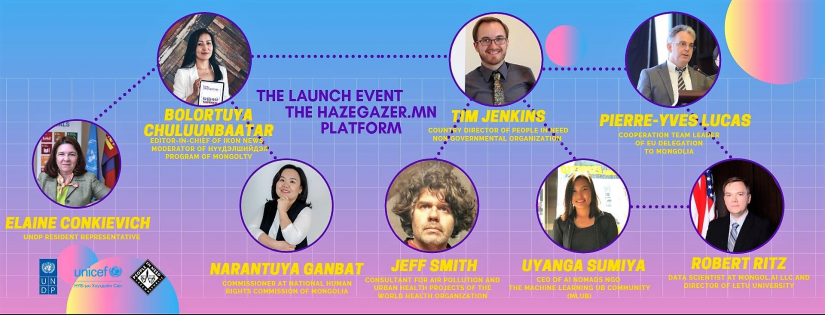
“The Haze Gazer tool is not meant to cast blame or doubt on air quality data, but to provide the community with an understanding on how air pollution impacts our lives. The web tool also provides information and tips on how people can protect themselves,” said Dr Speciose Hakizimana, UNICEF Mongolia’s Deputy Representative.
Haze Gazer web platform is public project, crowdsourcing the knowledge and data from the public. Therefore, the platform can only succeed with the strong civic engagement to generate the data but also to learn together and build solutions for a better, cleaner, healthier future. Action for clean air is a shared responsibility.
For more information, be sure to follow Agaar Neg Facebook page or jump on the HazeGazer.mn website.
 Ulaanbaatar
Ulaanbaatar






